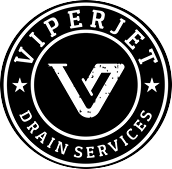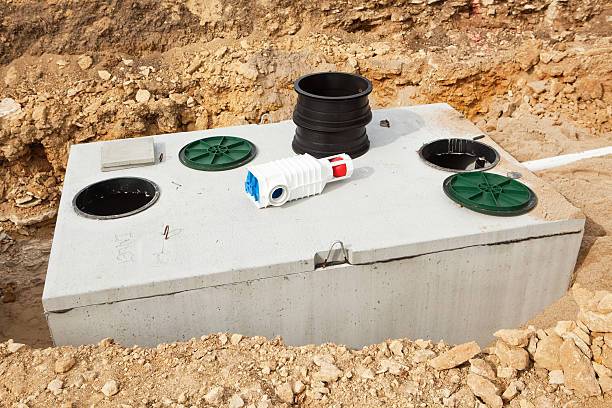Septic systems are a common form of wastewater treatment for homes and properties not connected to a municipal sewer system. While they may seem mysterious, understanding how they work is essential for proper maintenance and avoiding costly repairs. In this blog post, we’ll delve into the inner workings of a septic system, from its components to the processes that make it function effectively.
1. Components of a Septic System:
A typical septic system consists of three main components: the septic tank, the drain field, and the soil. The septic tank is a buried, watertight container made of concrete, fiberglass, or plastic. It receives wastewater from the house and separates solids from liquids. The drain field is a network of perforated pipes buried in trenches filled with gravel. It allows the treated wastewater, known as effluent, to seep into the soil for further treatment and absorption.
2. The Role of the Septic Tank:
The septic tank plays a crucial role in the treatment process. Wastewater from the house enters the tank through the inlet pipe. Inside the tank, solids settle to the bottom, forming sludge, while lighter materials, such as grease and oils, float to the top, forming scum. Bacteria in the tank break down organic matter, partially treating the wastewater.
3. Treatment in the Septic Tank:
As wastewater flows through the septic tank, solids are gradually broken down by bacterial action. This process reduces the volume of solids and organic matter in the tank. However, it does not fully purify the wastewater, which still contains harmful bacteria and pathogens.
4. Effluent Disposal in the Drainfield:
Once partially treated, the effluent flows out of the septic tank and into the drainfield through the outlet pipe. In the drain field, the effluent is further treated as it percolates through the soil. Beneficial bacteria in the soil break down remaining contaminants, purifying the water before it reaches the groundwater.
5. The Importance of Proper Maintenance:
Regular maintenance is essential for keeping a septic system functioning effectively. This includes regular pumping of the septic tank to remove accumulated solids, as well as inspections to detect any signs of damage or malfunction. Proper maintenance ensures the longevity of the system and prevents costly repairs.
6. Environmental Considerations:
Septic systems are designed to treat wastewater on-site, reducing the strain on municipal wastewater treatment facilities. Properly maintained septic systems also help protect groundwater and surface water from contamination, preserving the environment for future generations.
In conclusion, understanding how a septic system works is vital for homeowners and property owners relying on these systems for wastewater treatment. By knowing the components and processes involved, individuals can ensure proper maintenance and maximize the longevity and effectiveness of their septic systems.

